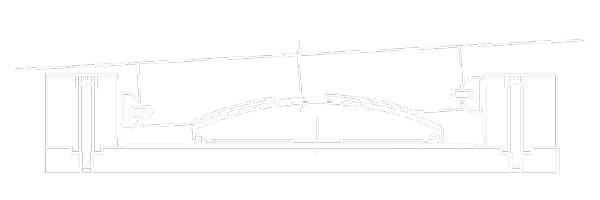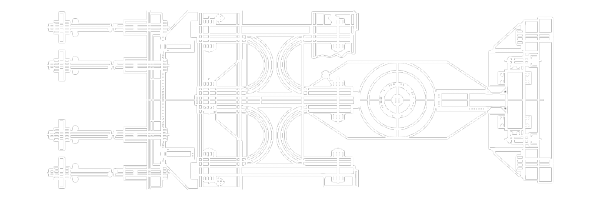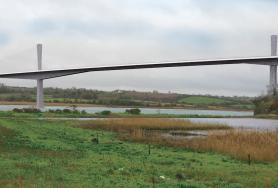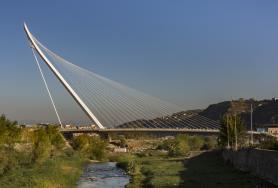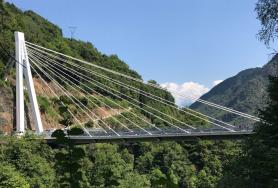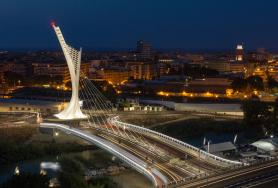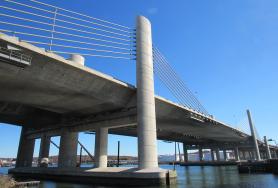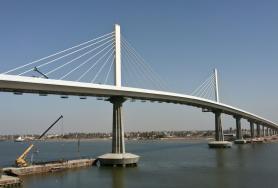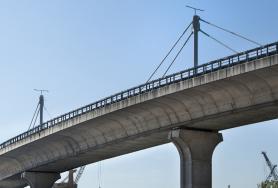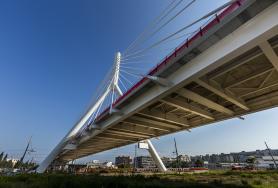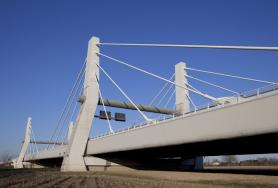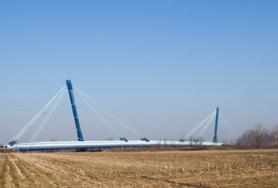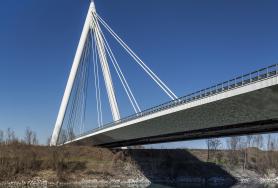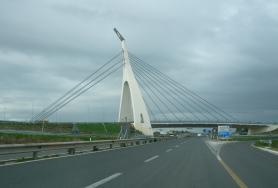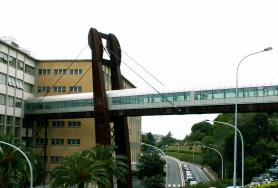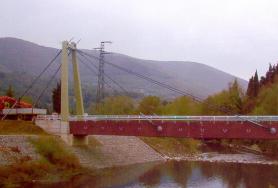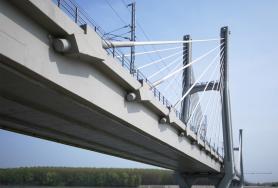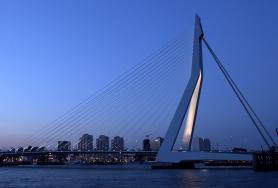Cable Stayed Bridges
Advantages
TENSA technologies, widely applied in cable stayed bridges, are meant to:
- Increase concrete and steel structure performances by strengthening them and, consequently, allowing for big spans to be reached (post tensioning and stay cables)
- Transfer vertical and horizontal loads and allow deck structural movements and rotations (bearings and expansion joints)
- Protect structures from the seismic action or, in general, from dynamic actions (i.e. wind)
The technology of ground anchoring is widely used especially as far as slope consolidation and retaining walls are adopted.
At this location, bearings, isolators, elasto-plastic devices, dampers and shock transmitter devices can be installed. Sometimes the design prescribes the use of post tensioning along the trunk of the column to give compression and reduce instability.
Structures, indeed, undergo displacements, rotations and deformations caused by acting loads (of static, dynamic, thermic nature etc.) or by phenomena such as shrinkage and creep, linked to the maturation of materials.
Movements, rotations and deformations need to be allowed for and contemplated where strictly necessary and in accordance with the designer’s constraining system. The following types of bearings can be supplied:
- Fixed bearings, which allow rotation between two structural elements and transfer vertical and horizontal loads
- Guided sliding bearings, which transfer vertical loads, allow rotation between two structural elements, displacement in one single direction and transfer lateral load in the fixed one
- Free sliding bearings, which transfer vertical loads, allow rotation between two structural elements and displacements in all plan directions

Base seismic isolation represents an important tool in the hands of the designers to protect the structural and non-structural components of a construction, not to mention protecting human lives. The isolators limit the acceleration transferred to the structure and reduce inertial stress by increasing the oscillation period.
Dampers are hydraulic devices depending on load application velocity and are able to dissipate part of the dynamic energy entering into the structure.

STU are hydraulic devices able to create, only for impulsive external force, a temporary rigid connection between two parts of the structure.
The TENSA post tensioning systems are meant to give compression stresses to concrete using post tensioning tendons made of steel strands or steel bars.
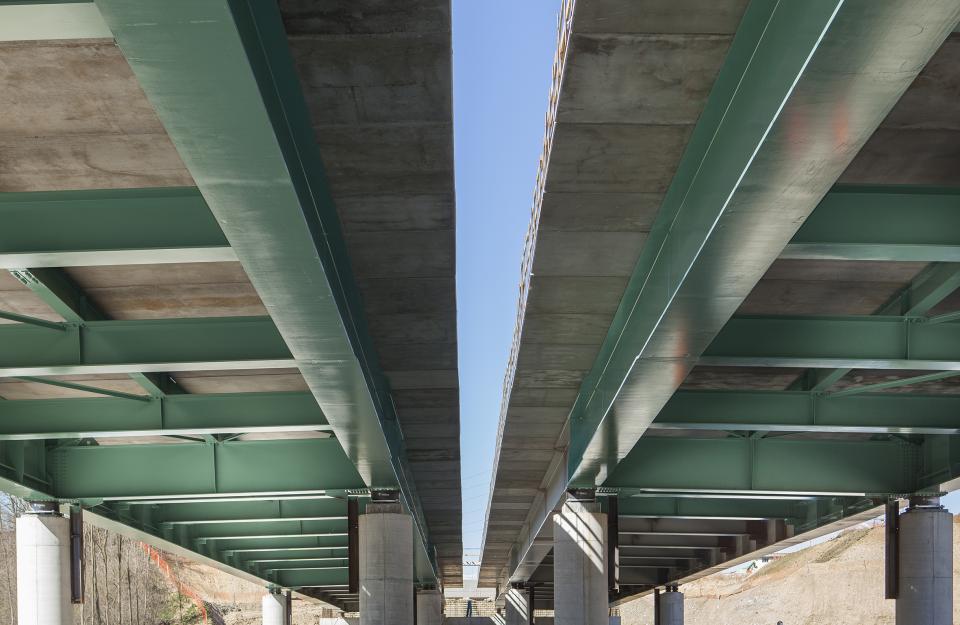
Decks are currently built with reinforced concrete, steel or composite structures. Post tensioning is a highly efficient structural strengthening system both for concrete and also steel decks that can be used for cable stayed bridges adding its effect to the one given by stay cables (stays are used to connect pylons to deck, allowing a considerable increase of span length).
Expansion joints are devices designed to absorb the movements of the structure due to temperature variations, creep, shrinkage, seismic actions and wind, to allow continuous traffic between the decks and among deck and abutments offering a safe and comfortable passage
In cable stayed bridges, concrete pylons are often reinforced with post tensioning for both adding compression in vertical direction and increasing horizontal shear forces induced from the cable stays.In cable stayed bridges, concrete pylons are often reinforced with post tensioning for both adding compression in vertical direction and increasing horizontal shear forces induced from the cable stays.
